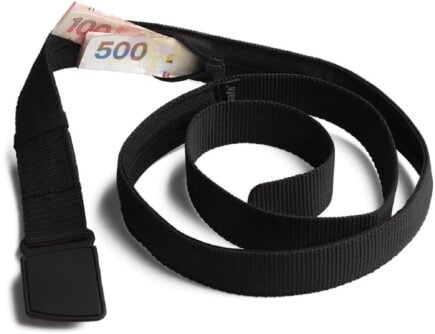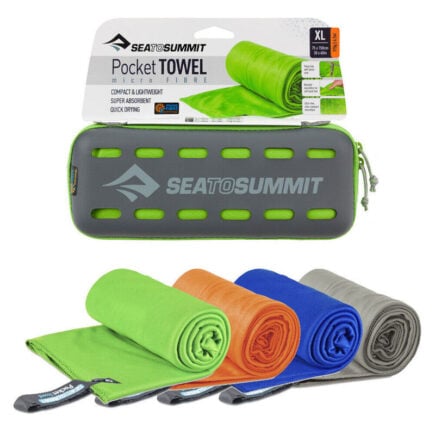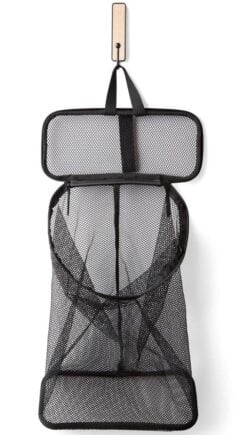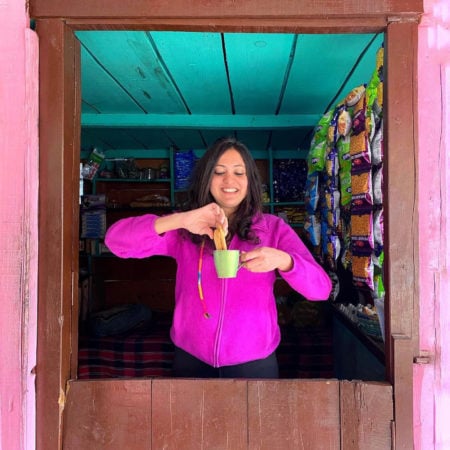The Broke Backpacker is supported by you. Clicking through our links may earn us a small affiliate commission, and that's what allows us to keep producing free content 🙂 Learn more.
The Faroe Islands, beautiful and isolated, where people are outnumbered by sheep and the weather changes everything around you in an instant. Where 15 degrees is hot and sunshine is a novelty. Where the edges are sheer and the lands are empty. There’s a magic to these overlooked islands that I’ve yet to experience anywhere else.
These islands are a dream come true for lovers of the great outdoors, particularly hikers. If you like rambling from one beautiful village to another through otherworldly landscapes, where scarcely anywhere is off limits, then you’ll be in your absolute element here.
And with few set trails and no tourist droves, this is off the beaten track at its best. To make sure you’ll have a successful trip, we’ve created this backpacking Faroe Island Guide, filled with everything you need to know about the unique place.
Let’s get right to it!
Why Go Backpacking in The Faroe Islands?
Hot on the heels of Iceland is the next most popular destination in the east Atlantic: enter the Faroe Islands. This tiny tiny island chain located only 200 miles from Scotland is quickly becoming the next big Scandinavian adventure.
Backpacking in the Faroe Islands can seem a lot like Iceland as both feature similar landscapes and cultures. The Faroes do offer some pretty unique experiences though.
For one thing, the coast of the Faroe Islands is indescribable. Rugged, sheer, harrowing; everywhere you look there is some massive cliff or crooked spire rising out and falling out the ocean. Places like Múlafossur, Sørvágsvatn, and Kalsoy seem to defy the rules of nature and have to be seen to be believed.
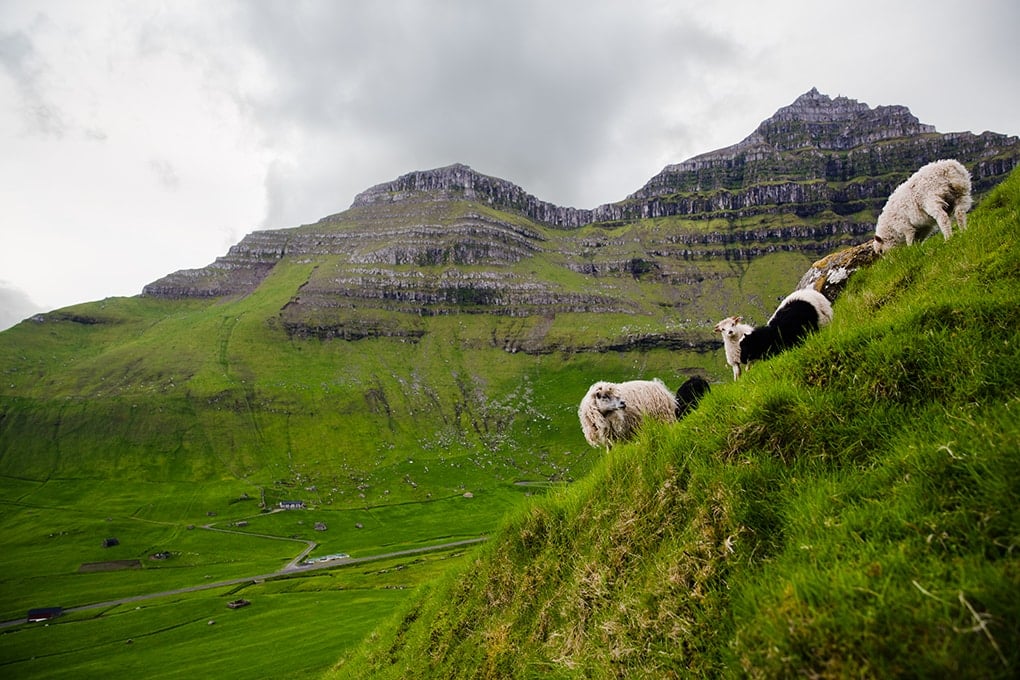
The Broke Backpacker is supported by you. Clicking through our links may earn us a small affiliate commission, and that's what allows us to keep producing free content 🙂 Learn more.
Like Iceland, the Faroe Islands are also remarkably green. Everything, from the slopes of the hills to the tops of the houses, is covered in a lush moss that makes the old area feel like a verdant dreamscape. You can also see the Northern Lights here if you are lucky.
It should be noted that technically the Faroe Islands are a part of Denmark. In order to arrive in the Faroe Islands, you will most likely have to fly from Copenhagen or Edinburgh in Scotland.
But the Faroe Islands have enough to offer to make them their own backpacking destination. If you should find yourself here – perhaps because you want to try something new – you will not be disappointed.
Best Places to Visit in the Faroe Islands
Once you’ve set your mind on visiting the Islands, you need to figure out where you want to stay in Faroe Islands. There are a couple of different cities you can choose from. To give you an overview, we’ve listed the best places to visit in the Faroe Islands below:
Backpacking Tórshavn
Tórshavn, the largest city sporting a 19,000 inhabitants and almost half of the total population, is a good starting point for exploring the Faroes. It’s located fairly centrally with the best transport links on the islands. As well as the source of a lot of accommodation, there are also bars, restaurants, and a bit of nightlife. This might not seem so impressive but once you’ve spent some time in the Faroes you’ll realize that this is a rarity!
The best of Tórshavn itself can be explored in a day or so. The focal point of the city is Tinganes, a huddle of cute traditional buildings (including their parliamentary buildings, which you can just casually walk around). This is part of Tórshavn’s compact but pretty old town, which is a good place to relax and sample some Faroese food and culture.
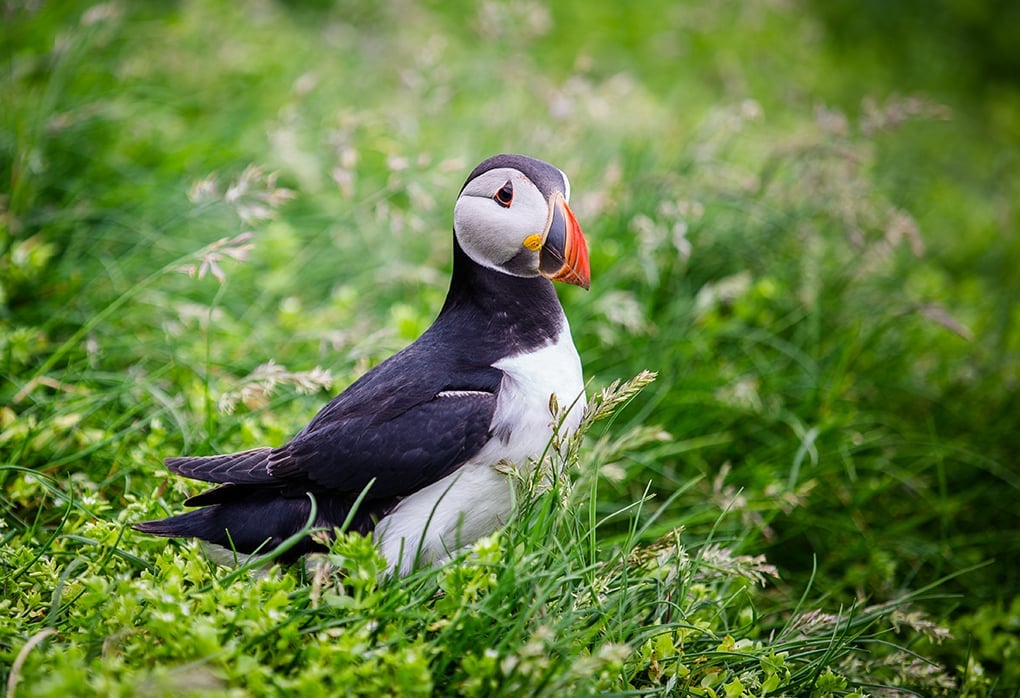
But the best of the Faroes lies outside Tórshavn’s borders. The neighbouring areas of the capital are easy to reach with some cool sites – for example, there’s Kirkjubøur, a medieval settlement with an old cathedral, and the island Nolsoy which has a good hike and an unbelievably old-world village. Then go further out of Tórshavn to get to the really epic stuff…
Backpacking Mykines
Everything about this island is awesome. Firstly, you’ve got to take a mad boat ride to get there, which typically involves getting thrown across the deck whilst tearing past jagged peaks. You’d get charged good money to do this in other parts of the world. Then jump out of the boat (literally) onto terra firma.
So what’s here? About 15 permanent inhabitants in a beautiful but tired village, thousands of seabirds, and one of the most epic lighthouses you’ll ever see.
Mykines is a great introduction to the Faroes and, for good reason, one of its most popular tourist destinations. By popular I mean that there is actually a trail to follow and there will be other groups around in the summer. Turn left out of the village and you can follow a trail that takes you to within touching distance of thousands of the most adorable bird you’ll ever meet – puffins! Then carry on further down some cliffs and across another island and you’ll get here:
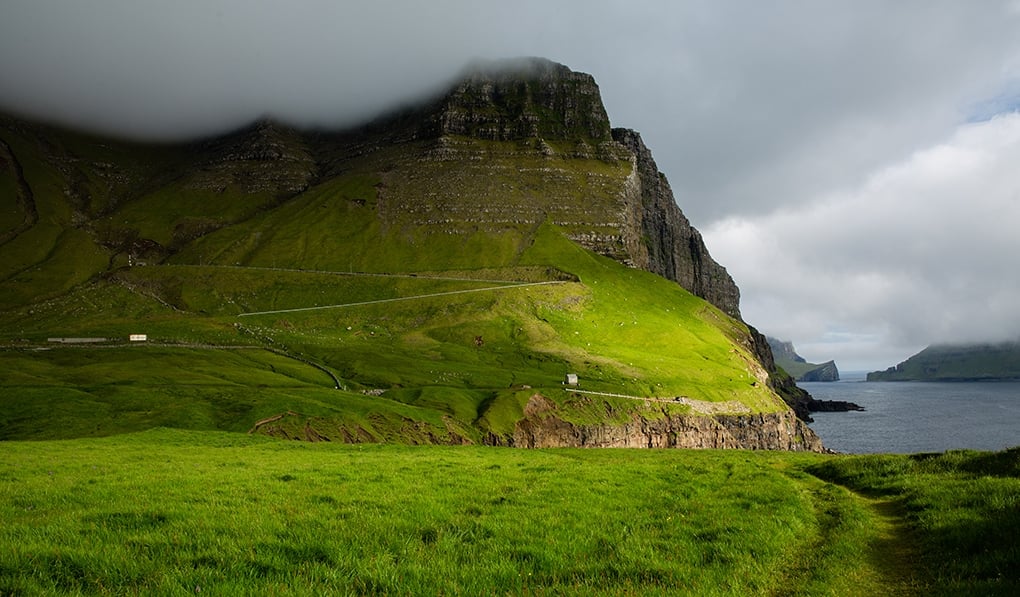
Need I say any more? Most of the other tourists will be gone by 2 pm in order to get to the boat in time, so if you’re a fast walker you can have it to yourself. Or better still, book yourself into the tiny hostel on the island and stay there for the night. Epic.
To get to Mykines you need to take a boat from Sørvágur, which goes there and back twice a day. A helicopter takes the journey once a day too. But be warned; the journeys get canceled quite regularly due to notoriously rough waters and bad weather. Try doing it early on during your time in the Faroes – that way if it does get cancelled you can have a shot at it another day. It really is worth it.
Backpacking Gásadalur
Gásadalur is that village in the Faroes with the mountains and the waterfall. It’s such an iconic spot that it’s likely that you’ve seen it without realising it was here. And seeing it in person is no disappointment; the village, along with the journey to get there, is just awesome.
To get the best out this area you simply need to (if weather permits) hike to Gásadalur via the ‘old postal route’. This is the path the postman would take to the village twice a week until about 10 years ago when a tunnel was built.
Again, there’s a trail to follow. There might even be a handful of people doing it, too. The track is steep but quite short, taking you suicidally close to the edge of the cliff face. Be wary of doing it in bad weather. However, once you make it to the top, the view is amazing!
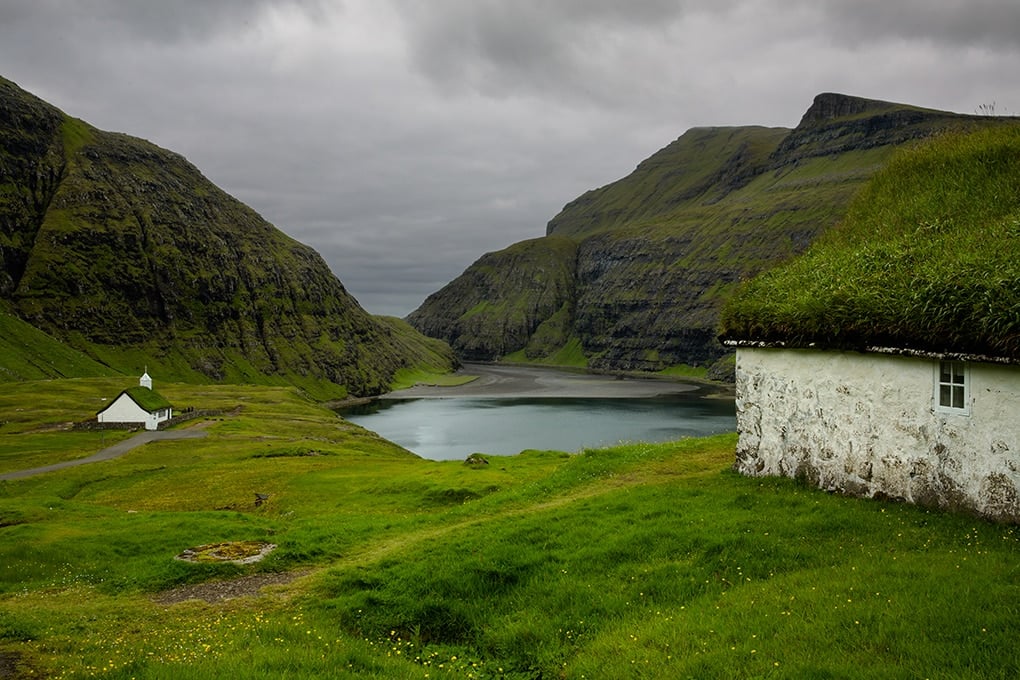
The rocky descent to Gásadalur looks worse than it is, but it will take some time and concentration. Take in the views as you reach one of the most beautiful villages in the world.
There is no public transport to get to Gásadalur or the hike. Your best options are to hike or hitchhike from Sørvágur (where there’s a bus stop and some amenities). It’s roughly a 6-mile journey with gorgeous views, passing through another quaint village called Bøur.
Backpacking Kalsoy Island
Kalsoy Island might just be one of my favourite places in the world. It’s just so damn special.
It’s a long narrow spikey island, home to 150 people. Between each of the peaks is a tiny gorgeous village. As you can tell by now, the Faroese have a habit of building beautiful settlements in the most stunning and remote areas. A few decades ago the Faroese got trigger-happy with tunnels and built a network of them from the first village right up to the last – called Trøllanes. This tiny village of 35 people is surrounded on three sides by steep jagged peaks and the roaring Atlantic on the other and is one of the most dramatic.
After taking it all in, head up the peaks roughly on the right (when your back is to the village) and dangle yourself over their edge for a 500-metre high view of the ocean. Then, trace your steps back a little and walk around them to reach one of my favourite spots in the world: Kallur Lighthouse.
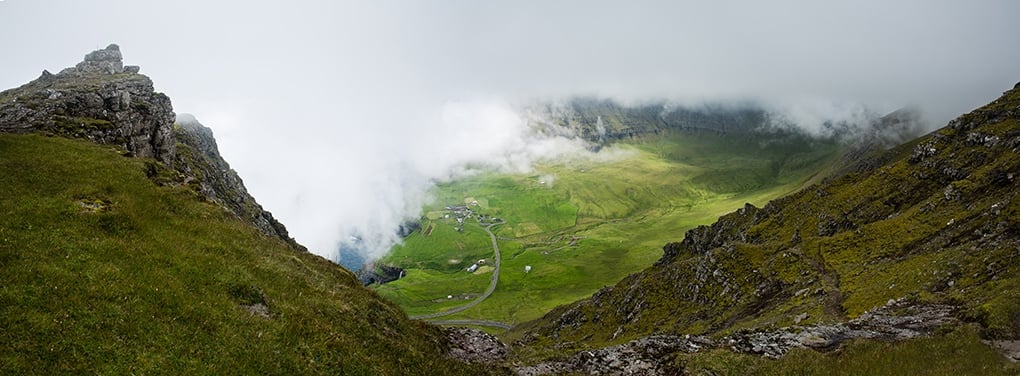
In this magical place, you’ll be able to see many of the other islands of the Faroes and the vast North Atlantic Ocean. And what’s best is that you’ll have it all to yourself! Sure, a handful of people might come and go, but stay a little longer, or come a little later in the evening, and it’ll only be you. Does it get any better?
It’s a bit of a mission to get to Trøllanes. First get yourself to Klaksvik. As the Faroe’s second largest settlement, it’s not the most inspiring place around but it’s the gateway to a lot of the northern islands. Then hop on the 20-minute car ferry to Syðradalur at the base of Kalsoy.
Then there’s a little bus waiting for you that drives through the many tunnels to Trøllanes 9 miles north. If you’re not staying in Klaksvik or don’t have a car it won’t really be possible to get the most out of Kalsoy in a day due to journey times. In this case, bring a tent and camp there.
Backpacking Northern Streymoy
This is the area to get your fill of longer hikes, empty landscapes and, you’ve guessed it, more unbelievably beautiful villages. Tjornuvik, a gem of a village, is a good starting point for some exploration. It’s virtually untouched by tourists and stunning, with a black sand beach that gets some pretty good surf.
Once you’ve got your fill of this, head up to the mountains behind the village: from Tjornuvik there is a stunning trek to the neighbouring village Saksun. This isn’t an easy hike; there’s no path, no people, and it involves some short climbs and scrambling. But if I can do it carrying nothing specialised but camera equipment then most people won’t have a problem. Just promise me that you’ll bring a map and compass; it’s very easy to get lost up there.
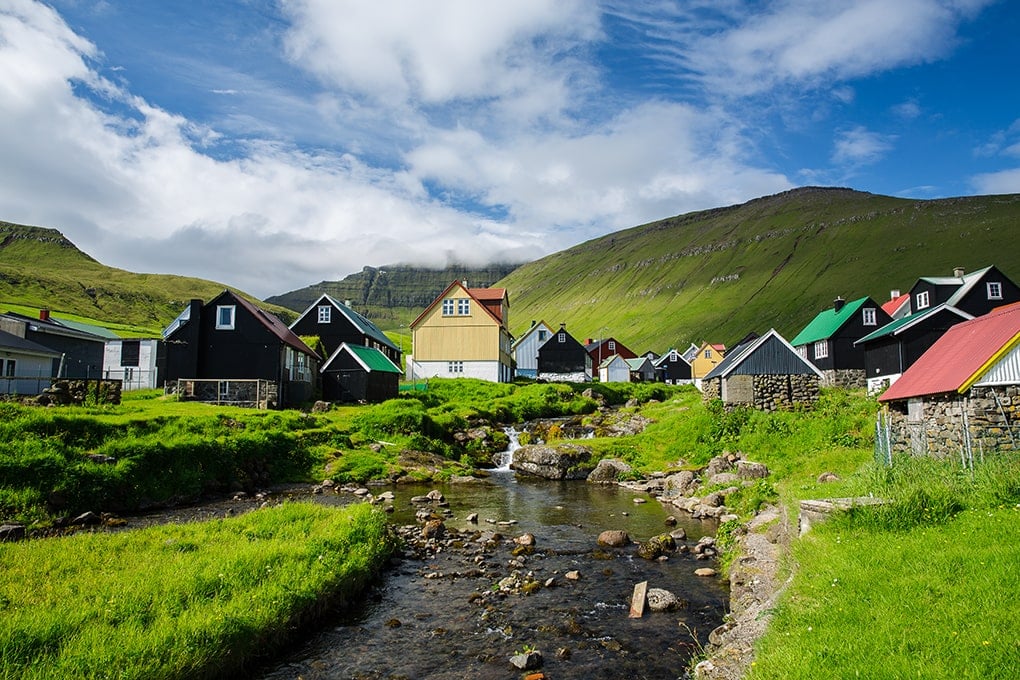
All going well, it’ll take you about 3 hours to get to Saksun. And wow is this village beautiful. It’s got some traditional houses with grass roofs, a tiny museum, and another gorgeous black sand beach. It’s a popular place for locals to visit in the summer.
Sadly, no public transport runs to Saksun (Tjornuvik is luckier and is connected by a little infrequent bus). But there is a bus stop in Hvalvik 7 miles down the only road leading out of the village. It’s a pretty route if a little tiring by the end. Hitchhike if you’ve had enough of walking.
The Eysturoy Hike
The route to Gjógv is so beautiful it should be an attraction in itself too. Cars and the little public bus will wind past the Faroe’s highest mountain – Slaettaratindur (882m). It’s not a hard hike to get to the summit and it’s totally flat on top. It’s common for locals to go up there during the summer solstice when the nights are never dark and last only a few hours. The route then takes you past Funningur, another unknown village with world-class scenery, before heading into the valley where Gjógv is.
Accommodation in the Faroe Islands
The Faroe Islands do not really have a hostel scene, but there are hotels and guesthouses in most of the settlements.
I strongly recommend picking up a tent – it will help you save some money and let you crash out in some truly gorgeous places, check out this post on how to pick the perfect backpacking tent.
Most of the Faroe Islands are empty. Seriously – it’s just grass, waterfalls and sheep and it’s gorgeous. If you get caught out in the middle of nowhere at night very few people will have an issue with you setting up camp (not that you’ll see anyone anyway); the spirit of adventure runs high in these modest people!
And where there are people, you could even try CouchSurfing with the locals.
| Destination | Why Visit | Best Hostel | Best Private Stay |
|---|---|---|---|
| Tórshavn | The starting point for exploring the Faroes. With an old enchanting town that is bursting with historic buildings to see, and places to relax and sample some Faroese food. | The Bird / Guesthouse | Marna Guesthause |
| Gásadalur | That village in the Faroes with the mountains and one of the most magnificent waterfalls in the world. And the journey to get there… it’s just awesome. | Giljanes Hostel | Múlafossur Cottages |
| Kalsoy Island | A long narrow spiky island with tiny gorgeous villages. The place to connect with nature and do some spectacular hikes. The Kallur lighthouse hike is a must. | – | Kalsoy cottages |
| Streymoy | Longer hikes, empty landscapes, and beautiful villages on the beach and in the mountains. Also, the island with the highest waterfall in the Faroe Islands. | Giljanes Hostel | Visithomes Faroe Islands |
| Eysturoy | The highest mountain in the Faroe Islands and some world-class scenic drives. Take your time and hike the Slaettaratindur. It worth it. | – | Fjord Guesthouse |
Best Airbnb in the Faroe Islands: Cosy cottage next to the ocean facing the fiord

This is my top pick for the best Airbnb in the Faroe Islands. Located right by the ocean, looking out to the fiord, you can’t beat it. This tiny home is in Tórshavn and is ideal for two travellers. However, there is a sofa bed if you want to invite an extra or bring a child.
Join our entrepreneurship retreat in Bali!

Ahoy friends, Will here! Introducing a very special project that involves YOU – An 8-day immersive experience in Bali, where I have been living for 7 years now.
If you’re passionate about freedom and designing your dream life, this is your chance to join like-minded folk on the same path and learn from my own wins, losses and lessons over my fifteen years of entrepreneurship, whilst soaking in the best of beautiful Bali.
Expect daily workshops, recharge practices, intention setting and fire ceremonies and perhaps a cheeky game of pool against myself, the one and only undefeated pool legend. All while experiencing the island’s best-kept secrets ?
Faroe Islands Travel Costs
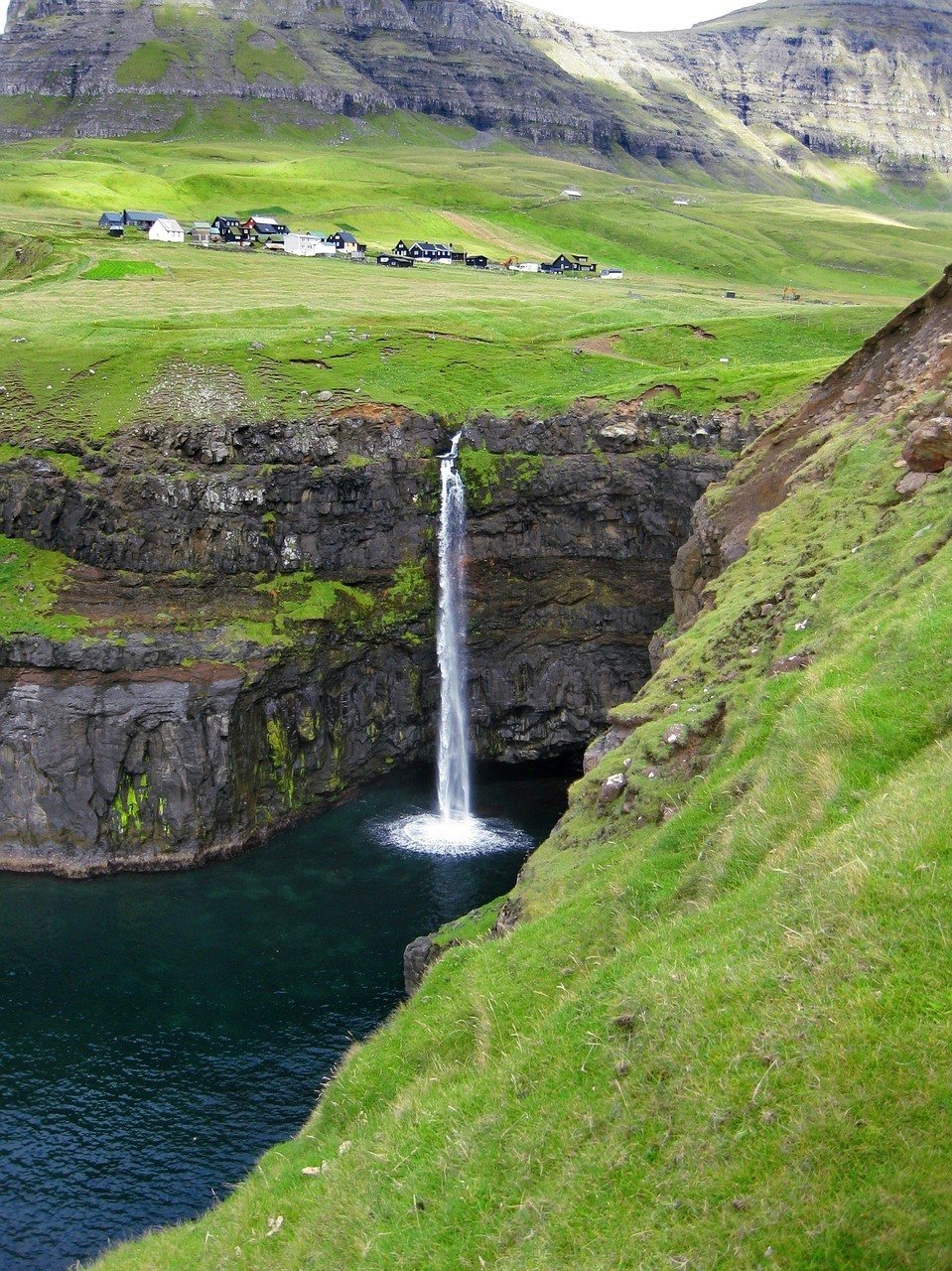
Like its Scandinavian cousins, the Faroe Islands are not exactly a cheap place to go to. But there are ways to get around this, and ultimately it’s very backpacker-friendly because of one saving grace; camping. If you bring a tent, almost the whole place becomes an amazing cost-free, tourist-free stomping ground.
There are no wilderness areas in the Faroes, so in theory, you can’t just camp anywhere you choose. I met a lot of people who do this all the time. Your best option is to befriend the locals in the area you intend to camp and ask them if it’s okay.
The great thing about the Faroes being so small is that everybody knows everybody so you’ll be able to do this easily, especially in the small villages. Nine times out of ten there won’t be a problem. There are also some official campsites scattered around.
Money in the Faroe Islands
There are lots of international ATMs but many of these, charge pretty insane withdrawal fees so it’s advisable to avoid small ATM transactions and get out a bunch of cash at once – just make sure you hide it well. If you need to transfer money internationally, use Transferwise, it’s the fastest and cheapest way to move money around when travelling.
Top Tips for Broke Backpackers in the Faroe Islands
To keep your spending to an absolute minimum whilst traveling in the Faroe Islands I recommend sticking to these basic rules of budget adventuring….
- Camp: With plenty of gorgeous natural places to camp, the Faroe Islands are an excellent place to take a tent. Check out this post for a breakdown of the best tents to take backpacking.
- Cook your own food: I took a small gas cooker with me to the Faroe Islands and cooked a lot of my own meals whilst hitching and camping, I saved a fortune – check out this post for info on the best backpacking stoves.
- Volunteer: If done properly, volunteering is an excellent way to cut down your costs on the road. I strongly recommend Workaway – you pay just $29 for the year and then have access to literally thousands of projects all around the world where you can help out in exchange for food and board.
- Pack a travel water bottle and save money (and the planet!) every day!
Why Should You Travel to the Faroe Islands with a Water Bottle?
Whilst there’s a lot that we can do when it comes to traveling responsibly, reducing your plastic consumption is one of the easiest and most impactful things you can do. Don’t buy one-use water bottles, don’t take plastic shopping bags, and forget straws. All of this just ends up in landfill or in the ocean.
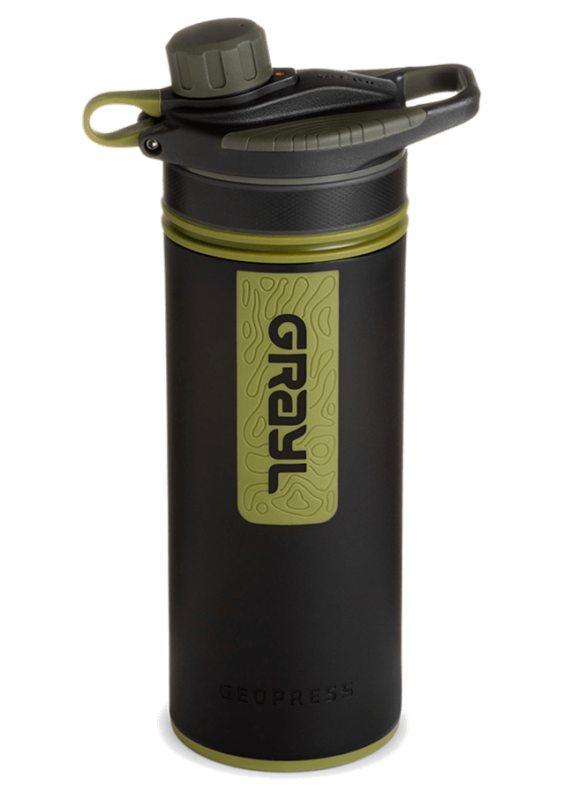
Drink water from ANYWHERE. The Grayl Geopress is the worlds leading filtered water bottle protecting you from all manner of waterborne nasties.
Single-use plastic bottles are a MASSIVE threat to marine life. Be a part of the solution and travel with a filter water bottle. Save money and the environment!
We’ve tested the Geopress rigorously from the icy heights of Pakistan to the tropical jungles of Bali, and can confirm: it’s the best water bottle you’ll ever buy!
View on REI Read the ReviewWhen to Visit the Faroe Islands
The weather in the Faroes is typically cool and wet, but not as bad as most people think. Thanks to the Gulf Stream, the Faroe Islands are relatively temperate all year-round, which means you can visit almost whenever you want.
The wind is normal and temperatures almost never go above 27 celsius. Winters average a reasonable 3 degrees celsius.
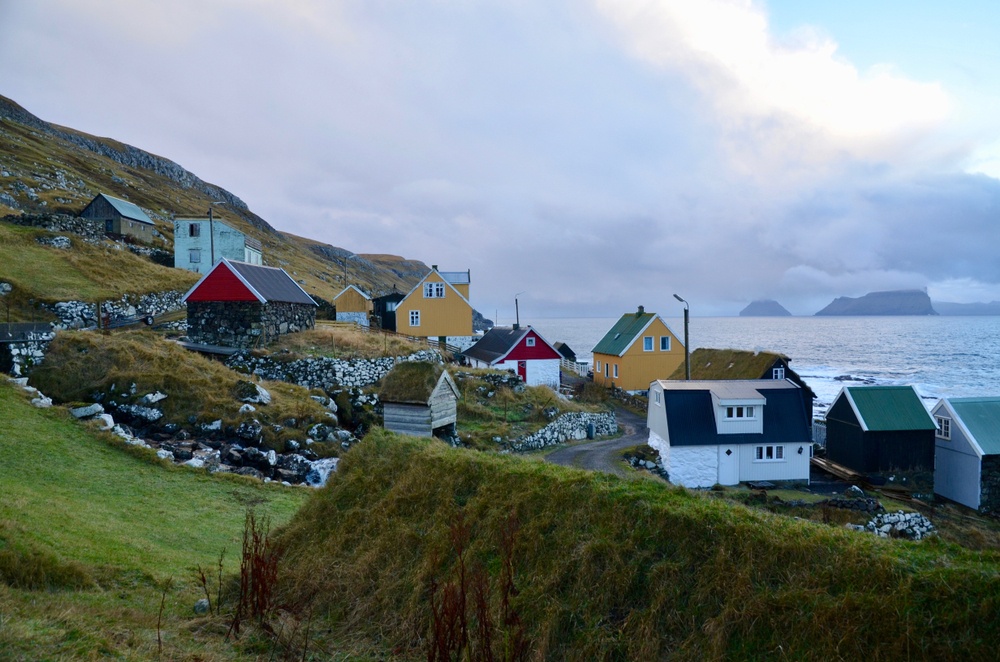
Be prepared for your plans to change; the weather has the habit of affecting even the hardiest of plans and rain can happen literally at a moment’s notice. When the Faroese say they can experience all four seasons in a single day, they mean it.
The key is to pack lots of layers and to wear/take off clothing as needed. By the end of your trip, you’ll have mastered the art of the layering system.
What to Pack for the Faroe Islands
On every adventure, there are six things I never go traveling without:
Travel Security Belt
This is a regular looking belt with a concealed pocket on the inside – you can hide up to twenty notes inside and wear it through airport scanners without it setting them off.
Microfiber Towel
Hostel towels are scummy and take forever to dry. Microfibre towels dry quickly, are compact, lightweight, and can be used as a blanket or yoga mat if need be.
Petzl Actik Core Headlamp
A decent head torch could save your life. If you want to explore caves, unlit temples, or simply find your way to the bathroom during a blackout, a headtorch is a must.
‘Monopoly Deal’
Forget about Poker! Monopoly Deal is the single best travel card game that we have ever played. Works with 2-5 players and guarantees happy days.
Hanging Laundry Bag
Trust us, this is an absolute game changer. Super compact, a hanging mesh laundry bag stops your dirty clothes from stinking, you don’t know how much you need one of these… so just get it, thank us later.
Staying Safe in the Faroe Islands
The most dangerous thing in the Faroe Islands is nature; invisible cliff edges, the weather, and tides will give you the most problems. Crime, etc., is pretty much non-existent and the whole place is amazingly safe and carefree.
The younger generations of Faroese speak very good English and the older generations generally know enough to get you by. They’re passionate about their country and very helpful.
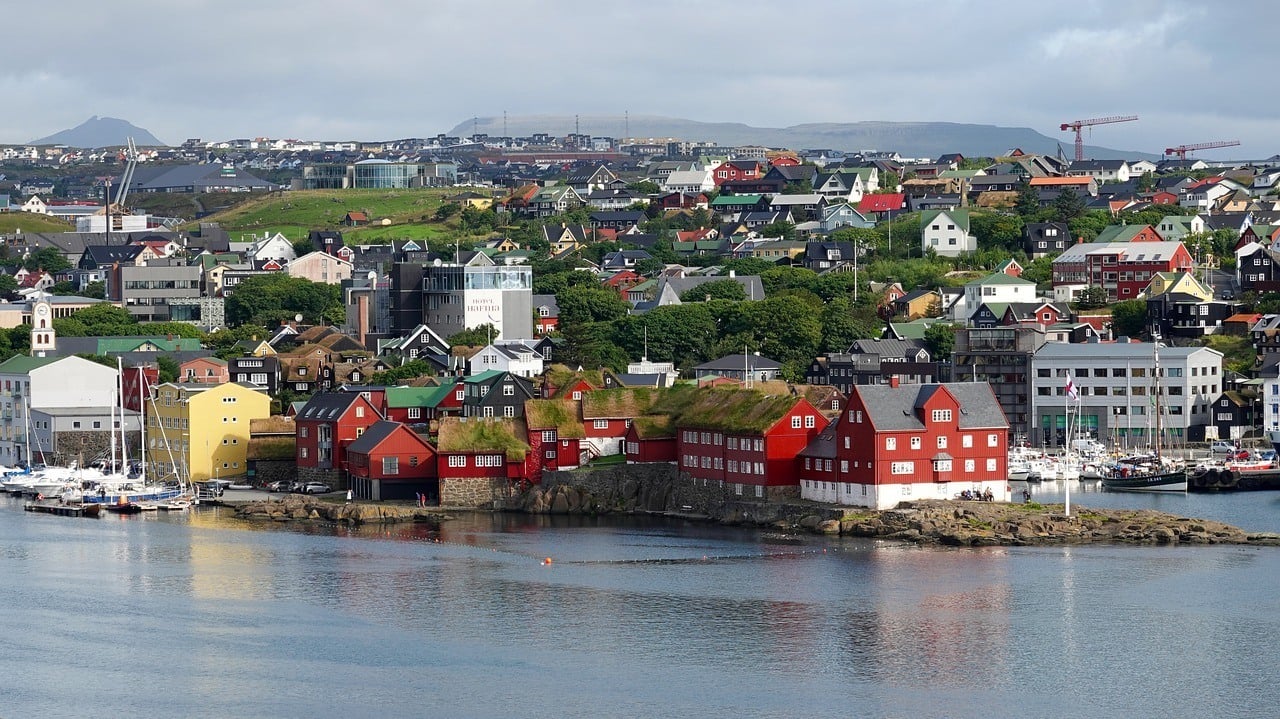
Check out Backpacker Safety 101 for tips and tricks to stay safe whilst backpacking.
Pick yourself up a backpacker security belt to keep your cash safe on the road.
Check out this post for plenty of ideas on ingenious ways to hide your money when travelling.
I strongly recommend travelling with a headlamp whilst in the Faroe islands (or anywhere really – every backpacker should have a good headtorch!) – check out my post for a breakdown of the best value headlamps to take backpacking.
Travel Insurance Before Travelling to the Faroe Islands
Traveling without insurance would be risky so do consider getting good backpacker insurance sorted before you head off on an adventure.
ALWAYS sort out your backpacker insurance before your trip. There’s plenty to choose from in that department, but a good place to start is Safety Wing.
They offer month-to-month payments, no lock-in contracts, and require absolutely no itineraries: that’s the exact kind of insurance long-term travellers and digital nomads need.
SafetyWing is cheap, easy, and admin-free: just sign up lickety-split so you can get back to it!
Click the button below to learn more about SafetyWing’s setup or read our insider review for the full tasty scoop.
Getting into the Faroe Islands
Planes from the Faroe’s tiny airport fly directly to Copenhagen, Edinburgh, and Reykjavik quite regularly for a reasonable cost (from $120 each way from Edinburgh). You can also catch a boat from Hirtshals, which takes a couple of days and costs somewhat more but gives you some awesome views of the islands. And that’s about it!
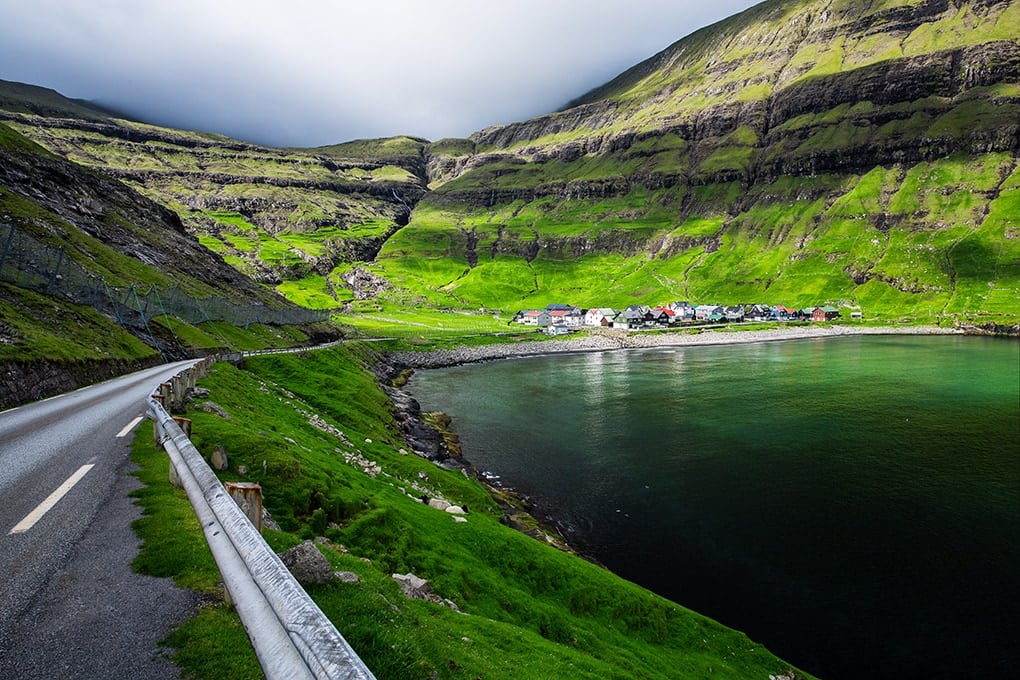
Getting Around the Faroe Islands
It’s very easy to move from island to island; the main ones are linked by underground tunnels and for the others, there are good and reasonably priced ferry networks.
There’s no doubt that hiring a car would make your time in the Faroe Islands a breeze, but at about $70 a day it comes at a price. For its size, public transport in the Faroes isn’t bad at all. With some extra effort and imagination (i.e. by adding in some hiking, camping and/or hitchhiking into the mix), it’s totally possible to get around everywhere without a car and arguably more rewarding.
Buses aren’t frequent, but they’re reliable and cover quite a lot of places. Individual journeys are quite expensive, so it’s worth buying a day pass or even a 4 or 7-day pass to cut costs somewhat (around $77 and $107 respectively).
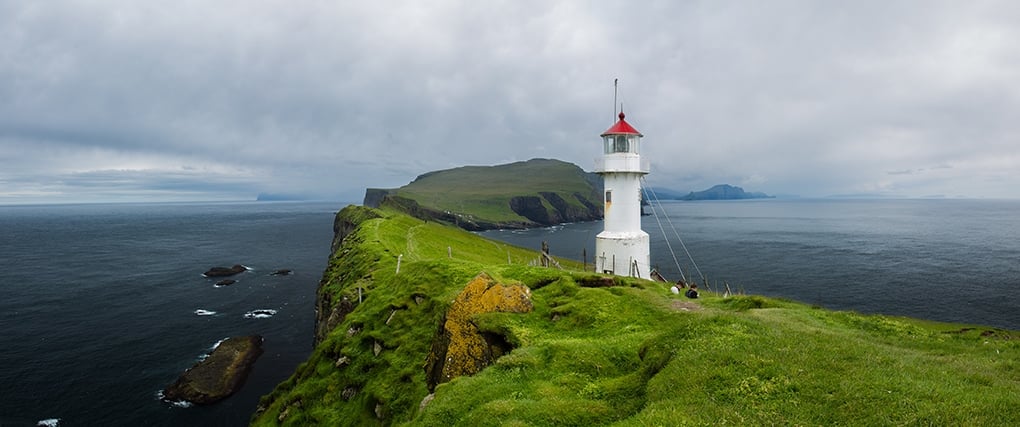
You can pick one up at the tiny airport as you arrive and they’re valid on a lot of the ferries too.
It’s totally possible to get around by hitchhiking. As a solo female traveller, the Faroe Islands are probably THE safest place I’ve ever been to, and people would offer me lifts without me asking.
Just remember that some of these places are so tiny that there aren’t a lot of cars around in the first place, especially outside of working hours. But if you’re bringing a tent you’ll have ultimate flexibility.
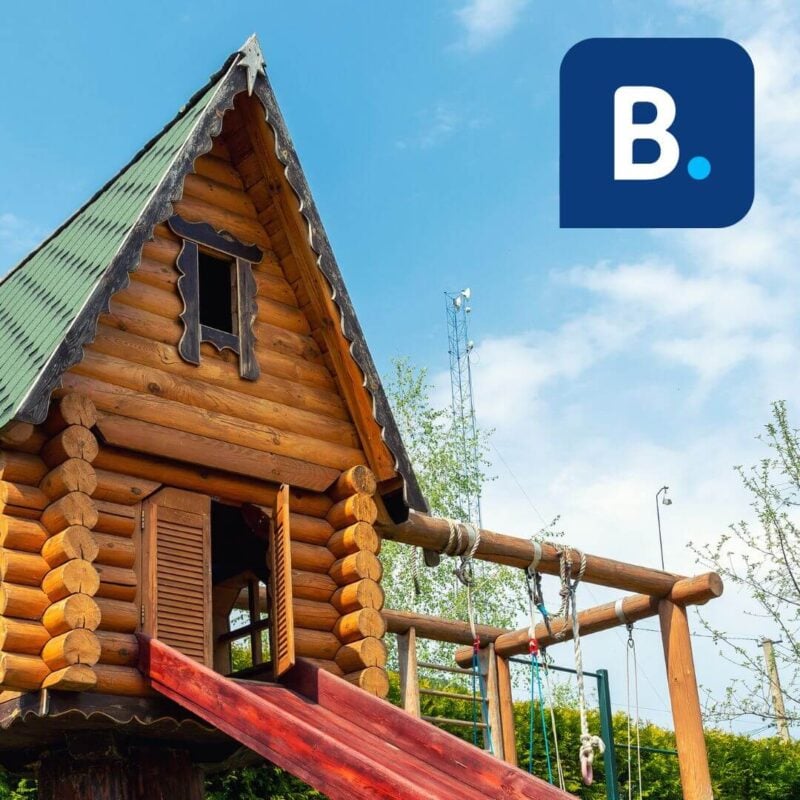
Get 20% OFF when you book through our link — and support the site you love so dearly 😉
Booking.com is quickly becoming our go-to for accommodation. From cheap hostels to stylish homestays and nice hotels, they’ve got it all!
View on Booking.comWorking and Staying Connected in the Faroe Islands
Internet in the Faroe Islands is generally good everywhere. 4G speeds are regular and most public spaces e.g. bars, restraunts, libraries, etc all offer Wifi to guests.
The local telecommunications companies, Faroese Telecom and Hey, have deals with other international providers, which means you get reception with your own foreign SIM card. If not, you can easily pick up a local prepaid SIM at the airport or in Torshavn.
Volunteer in Faroe Islands
Volunteering overseas is a great way to experience a culture whilst doing some good in the world. There are lots of different volunteer projects in the Faroe Islands which you can join ranging from teaching, to animal care, to agriculture to pretty much anything!
The Faroe Islands benefit greatly from volunteers, especially in areas like sustainability and restoration to help the land recover from the effects of tourism. Decorating, hospitality, and cultural exchanges are also areas where backpackers can give something back to communities. It’s pretty easy to volunteer in the Faroe Islands, as travelers from outside the Schengen area won’t need anything more than a tourist visa.
Our go-to platform for finding volunteering gigs is Worldpackers who connect travellers with host projects. Have a look at the Worldpackers site and see if they have any exciting opportunities in Faroe Islands before signing up.
Alternatively, Workaway is another excellent common platform used by travellers searching for volunteering opportunities. You can read our review of Workaway for more info on using this terrific platform.
Volunteer programs run through reputable work exchange programs like Worldpackers and platforms like Workaway are usually very well-managed and reputable. However, whenever you are volunteering do stay vigilant, especially when working with animals or children.

Worldpackers: connecting travellers with meaningful travel experiences.
What to Eat in the Faroe Islands
Like its Scandinavian cousins, the cuisine of the Faroe Islands is dependent on seafood, livestock, and persevered products…like fermented (you guess it) sheep and seafood. In short, be ready for a lot of STRONG flavors.
Interestingly, the local way of preserving food doesn’t involve any sort of salting. Locals literally just hang fish or lamb outside and let the salty air do the work. This process is called raest.
Lamb and sheep are obviously the most common kinds of meat in the Faroe Islands. A local delicacy is called skerpikjøt, which is mutton left to dry in the open air for at least a year. Think prosciutto except the flavor is way stronger.
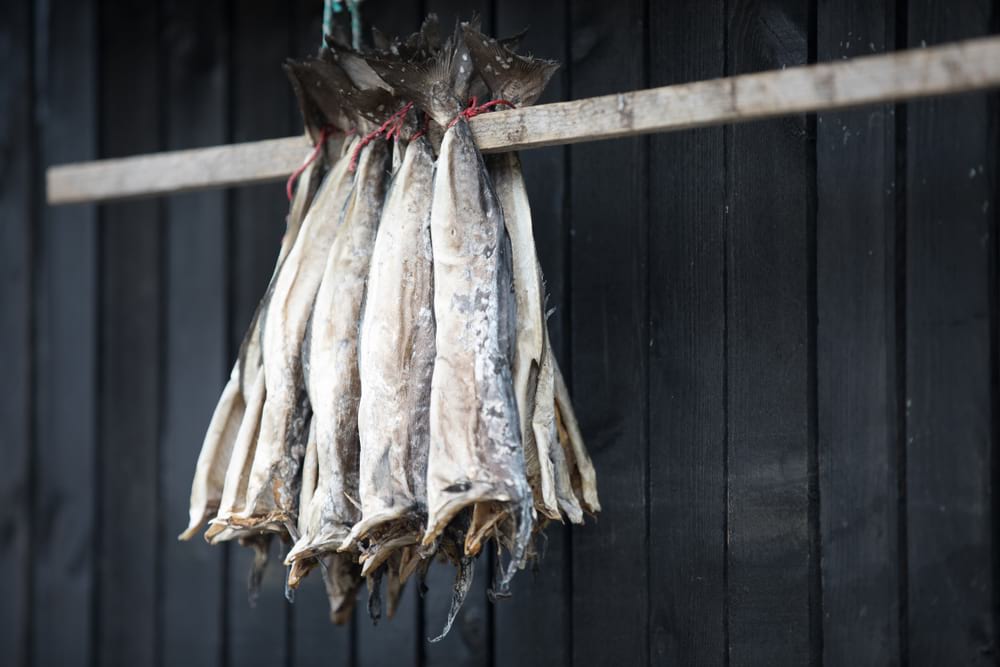
Backpackers may not get many opportunities to eat in the Faroe Islands as it can be very expensive. Try to eat out at least one though as the dining scene is really growing. Most are in the capital.
Stock up on supplies in Torshavn; a lot of villages are tiny with a toilet as their only amenity. Fortunately, you can drink from the waterfalls and they’re everywhere. A lot of things, including buses, are closed or don’t run on Sundays.
Hiking in the Faroe Islands
Hiking is the best thing to do in the Faroes by a long shot and it’s all free. Hell, there aren’t even tracks or markers on most of them. There are hundreds of hikes of different lengths and difficulty and they’re all, without exception, stunning. This site is a good place to start.
There are also some epic climbing spots. Rock climbing is pretty new to the Faroes, so just be aware that it’s not set up for learners or beginners and there aren’t a lot of places to hire equipment either. Bring your own stuff and have this amazing outdoor playground to yourself. For more info visit here.
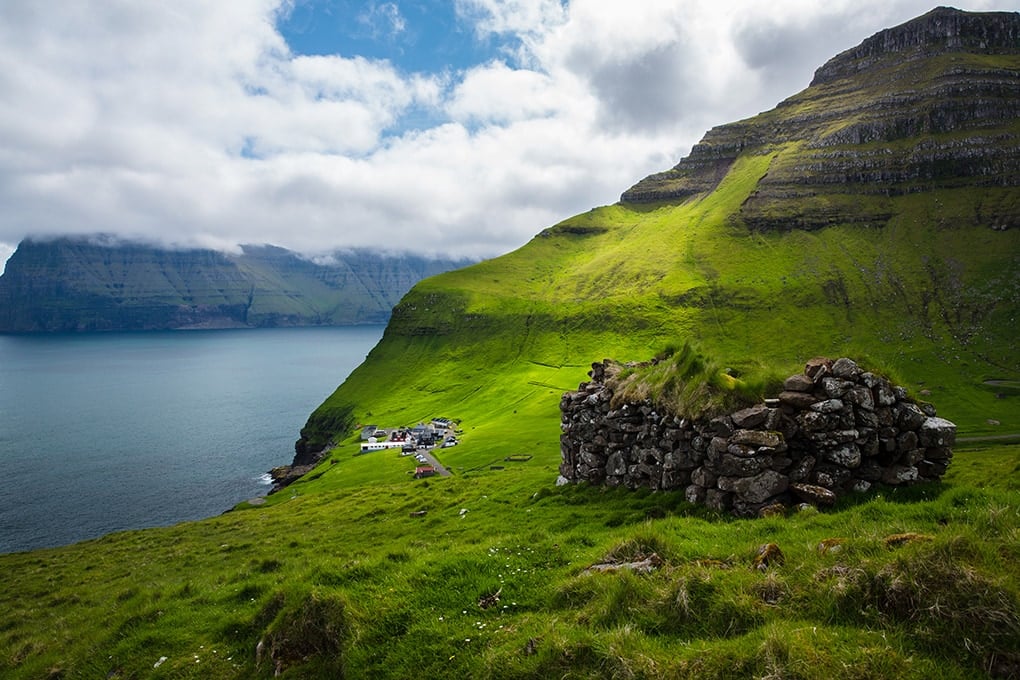
Other things the layman can get involved in: fishing, diving, and kayaking. Most are based around the Torshavn area at typical Scandinavian prices. If you want to do something really kickass you can see the islands by helicopter. They’re actually meant to serve as a transport service for the locals, and thanks to government subsidies they’re some of the cheapest prices you’ll see in Europe (roughly $14-$56 each way, anybody?).
But book ahead as far as you can as spaces are very limited, and be prepared for cancellations due to poor weather.
Final Advice Before Visiting the Faroe Islands
Backpacking the Faroe Islands can get rowdy given the right moment and the right quaint pub. Take it from me, it can be easy to get carried away. It is important to keep in mind that you are an ambassador for your country, which is awesome. We can make a positive impact on people when we travel and get rid of any ugly stereotypes that may be associated with your country.
If you visit small communities (which you’re sure to do as all of the communities are small here) always ask before taking photos. The people who live in these villages are not exhibits in a museum. They are normal folks just living their lives. Always show them the complete respect that they deserve.
Buy Us a Coffee!
A couple of you lovely readers suggested we set up a tip jar for direct support as an alternative to booking through our links, since we’ve decided to keep the site ad-free. So here it is!
You can now buy The Broke Backpacker a coffee. If you like and use our content to plan your trips, it’s a much appreciated way to show appreciation 🙂
Author’s Bio:
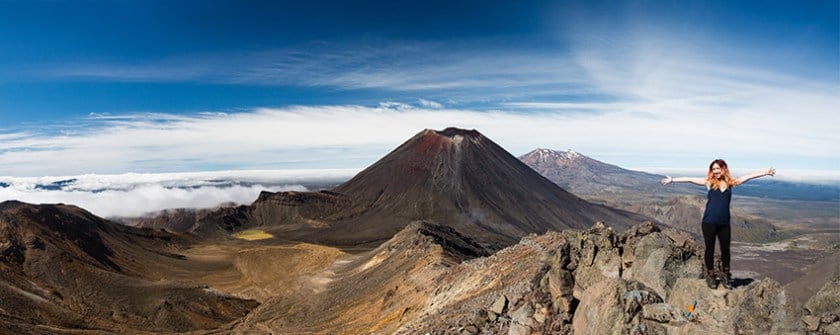
Justine Kibler is a writer and photographer from the UK, in love with the outdoors, crazy adventures, islands, and offbeat places. Her formal background is in writing, she has a degree in English and has worked at a university for five years writing and editing. During this time she taught herself photography and her passion soon evolved. In 2015 she quit her job to pursue a life of travel and now her time is split between freelancing, travelling, and blogging at Lost in the Midlands.


